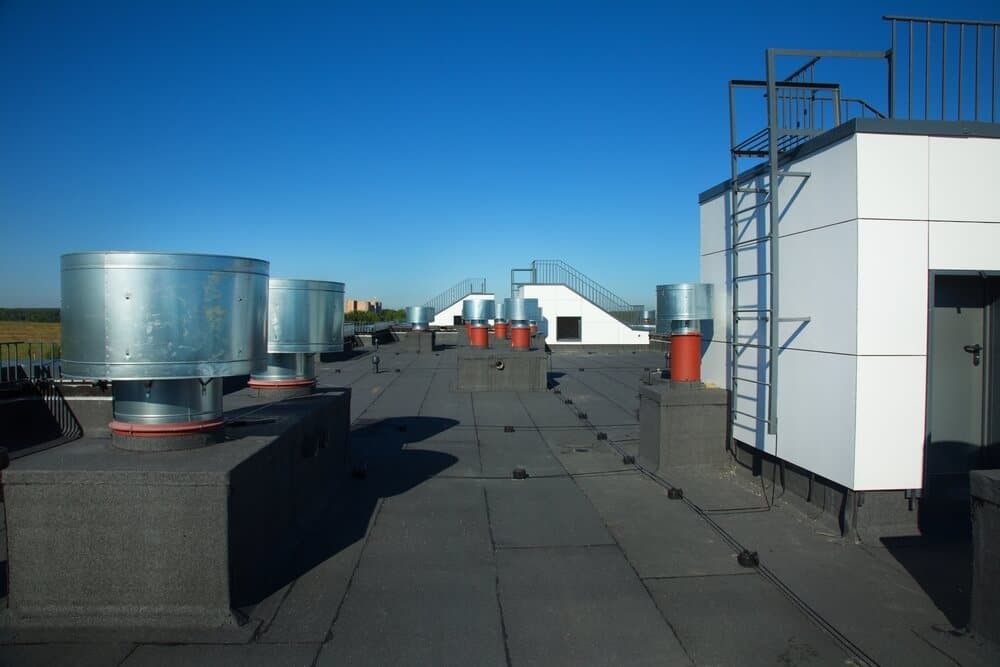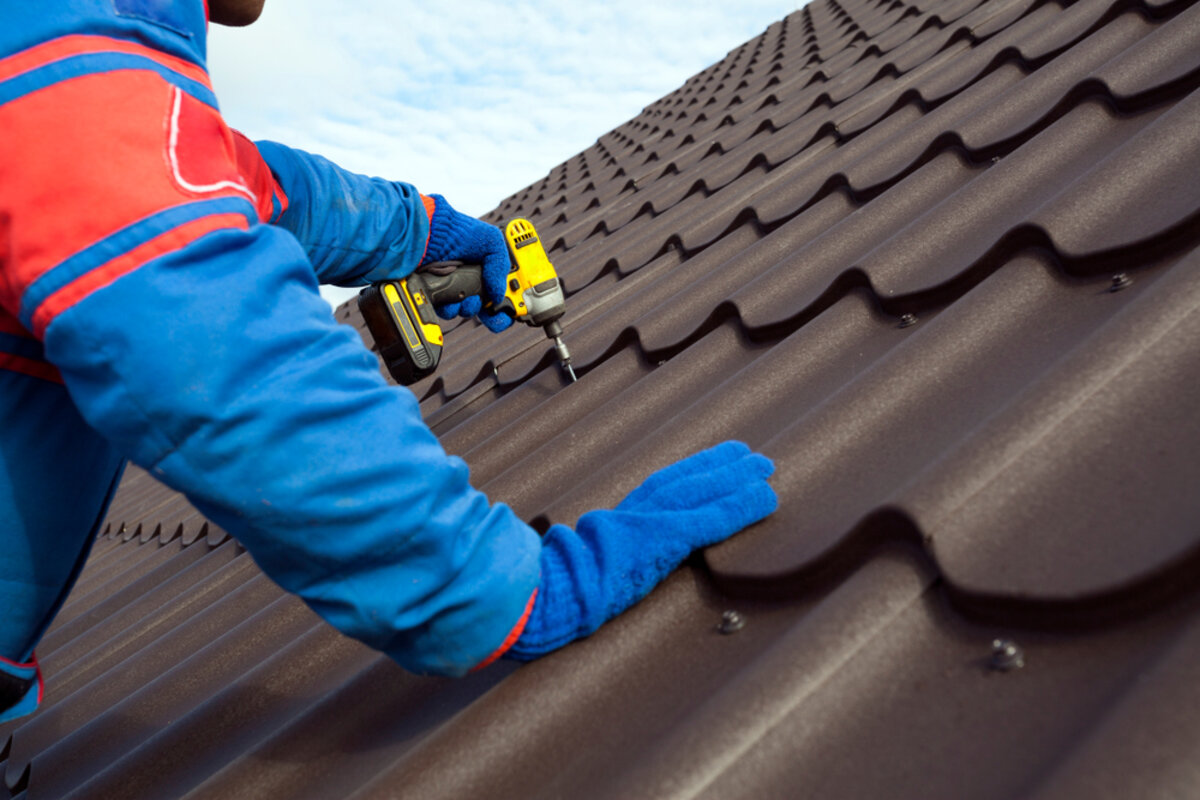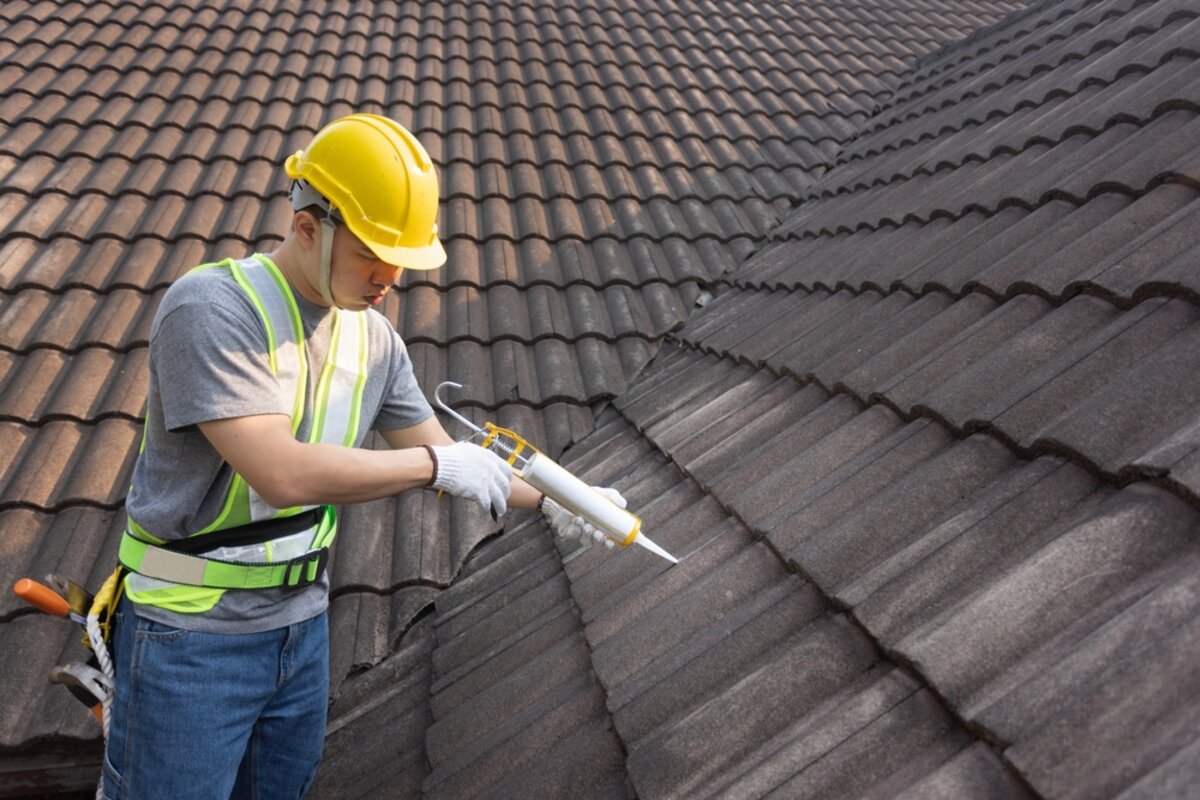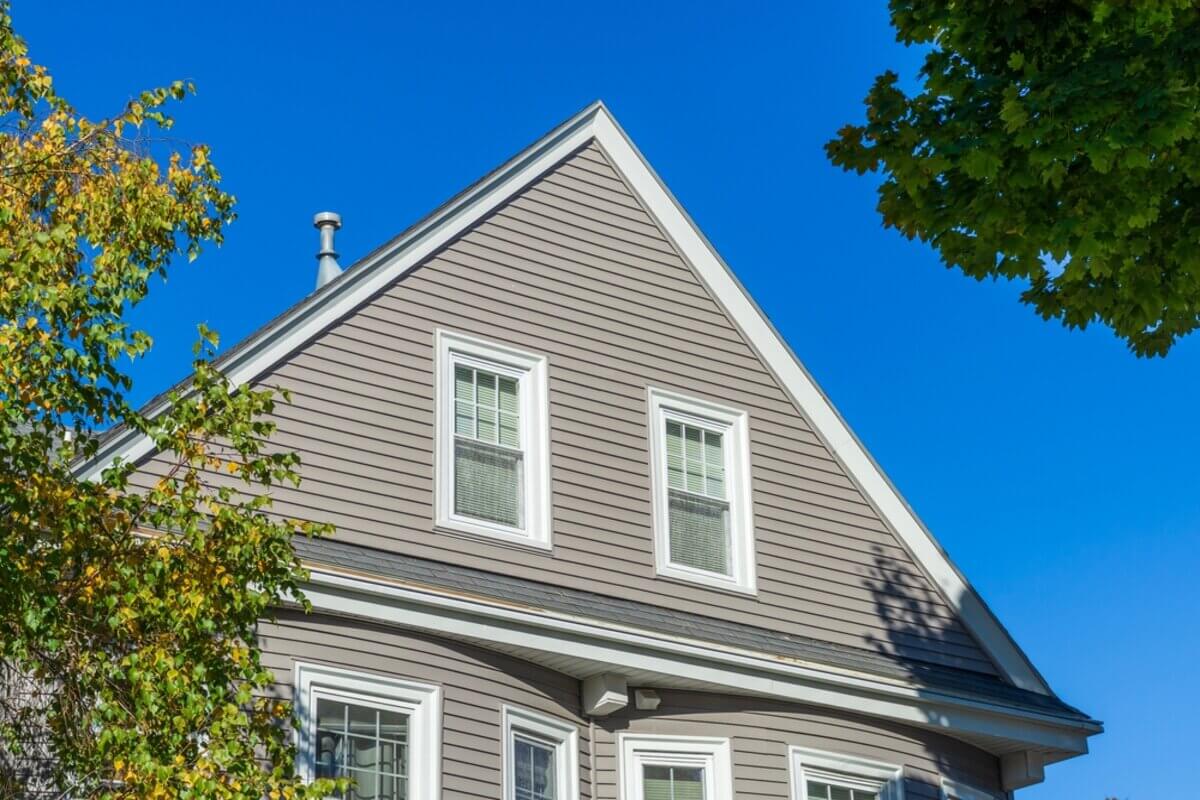If you are considering building a commercial building, one of the choices you will have to make is the type of roofing material to use. You can use many different types of commercial roofing materials, and the best option depends on various factors.
Given how important roofs are to any building, you should carefully consider your options before deciding. Keep reading to learn more about the different types of commercial building roofs.
What to Consider When Selecting Roofing for a Commercial Building
There are a variety of things you should consider when selecting the correct type of roofing for your commercial building. These three factors are the most important.
Durability
Commercial roofs are exposed to a variety of weather conditions and must be able to withstand the elements for a long time. You should choose a strong, durable material that you won’t need to replace soon. The most common materials used for commercial roofs are asphalt shingles, metal roofs, rubber membranes, and slate.
Energy Efficiency
When choosing commercial roofing systems, it is essential to consider energy efficiency. Commercial buildings require large amounts of energy to run their operations. Therefore, selecting commercial roofing systems that are energy efficient can help reduce overall energy costs and contribute to a lower carbon footprint.
Some energy-efficient commercial roofing options include cool roofs, green roofs, and white reflective membranes. Cool roofs reflect the sun’s rays, reducing the amount of heat absorbed and keeping the interior of the building cooler.
Green roofs involve adding vegetation to the top, creating an insulation layer that lowers energy costs. White reflective membranes consist of a white covering that helps to reflect sunlight, reducing interior temperatures and energy costs.
Cost
Cost is always an essential factor in any decision you make when it comes to building a commercial property. Commercial roofing materials come in many different types, and they all have their advantages and disadvantages, as well as varying price points.
When deciding what type of roofing material you want to use on your commercial building, consider the cost, how much maintenance the roof will require, and how long the material will last.
The Different Types of Commercial Building Roofs
These are the main types of roofing materials used to build commercial buildings.
Metal Roofing
Metal roofing is a popular option for commercial buildings because it is highly durable and provides excellent protection against fire, wind, and hail. It’s also relatively lightweight, so you can install it without making significant structural changes to your building.
Pros
Metal roofing is highly durable and generally requires little maintenance. It also has a long lifespan and can handle extreme weather conditions such as high winds and hail.
Cons
Metal roofing can be expensive and often requires professional installation, which may add to the project’s cost. It also tends to be noisy in the rain and can’t be walked on safely.
Built-Up Roofing Membrane (BURM)
The most common form of commercial roofing is a built-up roof membrane consisting of multiple bitumen layers and reinforcing fabric built up in layers. This roofing system provides waterproofing, insulation, and protection from the elements. You often use BURM on flat roofs.
Pros
There are a variety of advantages to using BURM, including its durability and ability to withstand extreme weather conditions. Additionally, it is relatively easy to repair and maintain.
Cons
One of the main drawbacks of BURM is its relatively high cost compared to other roofing materials. Additionally, it cannot be easy to install compared to other materials and require professional installation.
Single-Ply Membrane Roofing
Single-ply roof membranes are another commercial roofing standard in the market today. These membranes are made from a single layer of synthetic material, such as EPDM (ethylene propylene diene monomer) or PVC (polyvinyl chloride). They are ideal for flat or low-sloped roofs and come in pre-fabricated and liquid-applied sheets.
Pros
Single-ply roof membranes are highly durable, energy-efficient, and can install quickly and affordably. You can also install them over existing roofing material, which makes them an excellent option for buildings with older roofs that are looking to upgrade without doing a complete replacement.
Cons
Single-ply membranes are not ideal for steeply sloped roofs, as they may not provide enough protection from the elements. They also require regular maintenance, such as regular inspections and resealing of seams. Finally, single-ply membranes can be more expensive than other options due to the installation process.
Green Roofs
Green roofs are becoming more common in commercial buildings. This roof comprises plants and vegetation that help reduce energy consumption and provide insulation.
Pros
Green roofs have the potential to reduce stormwater runoff, increase air quality and provide habitat for animals. They can also help reduce heating and cooling costs since they act as an insulating layer on the roof.
Cons
These benefits come at a cost, as green roofs require additional maintenance and can be more expensive to install. They also need some particular design elements to ensure they’re successful.
Spray-On Roofing
Spray-On roofing is a relatively new form of commercial roofing that offers significant advantages over traditional materials. It is made up of a spray-on coating that can be applied directly to the structure of a building.
Pros
This type of roofing is highly durable, waterproof, and resistant to wear and tear. It is also resistant to fire, mold infestations, and other environmental hazards. Additionally, it offers a higher level of protection from the elements and provides increased insulation.
Cons
Spray-on roofing can be more expensive than traditional materials, and it is also more challenging to install. It may also require more maintenance, as any storm damage or wear and tear will need to be addressed immediately.
Turn to Perfect Exteriors for Your Commercial Roof Solutions
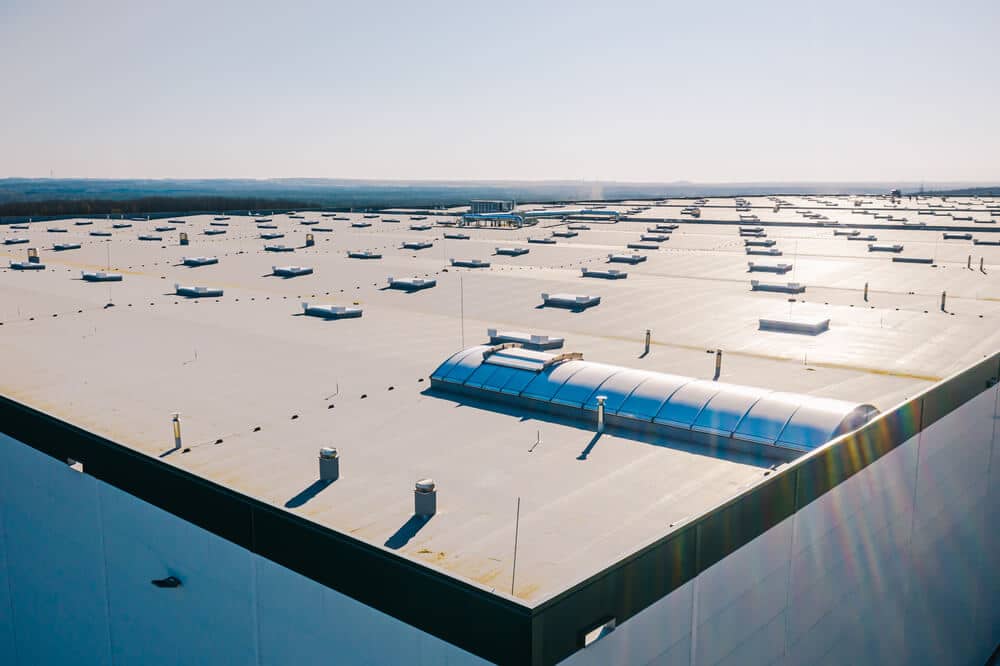
When it comes to commercial building roofs, there are various options. Each has pros and cons that should be factored into the decision-making process. Spray-on roofing is a newer form that offers significant advantages in terms of durability, protection from the elements, and insulation.
Still, it may require more maintenance than traditional materials. Whatever type of commercial roofing you choose, it’s essential to research and find suitable materials for your particular needs.
If you have questions about the different types of commercial building roofs, our experts at Perfect Exteriors can help you. Contact us today.

